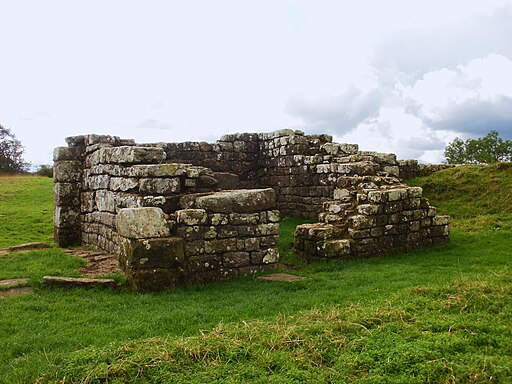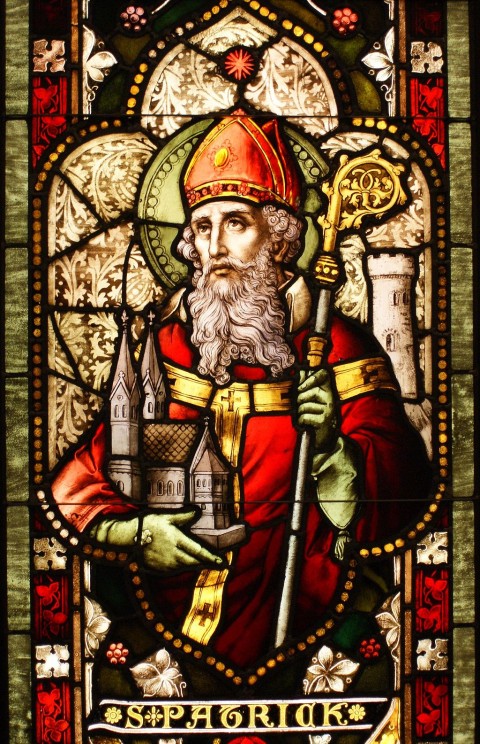Hadrian’s Wall has been in the news again recently for all the wrong reasons. Occasional wits have pondered on its significance in the Scottish Referendum, neglecting the fact that it has never marked the Anglo-Scottish border, and was certainly not constructed to keep the Scots out. Others have mistakenly insinuated that it is closed for business, following the widely reported demise of the Hadrian’s Wall Trust. And then of course there is the Game of Thrones angle, best-selling writer George R R Martin has spoken of the Wall as an inspiration for the great wall of ice that features in his books.
Media coverage of both Hadrian’s Wall Trust’s demise and Game of Thrones’ rise has sometimes played upon and propagated the notion that the Hadrian’s Wall was manned by shivering Italian legionaries guarding the fringes civilisation – irrespective of the fact that the empire actually trusted the security of the frontier to its non-citizen soldiers, the auxilia rather than to its legionaries. The tendency to overemphasise the Italian aspect reflects confusion about what the Roman Empire and its British frontier was about. But Martin, who made no claims to be speaking as a historian when he spoke of how he took the idea of legionaries from Italy, North Africa, and Greece guarding the Wall as a source of inspiration, did at least get one thing right about the Romano-British frontier.
There were indeed Africans on the Wall during the Roman period. In fact, at times there were probably more North Africans than Italians and Greeks. While all these groups were outnumbered by north-west Europeans, who tend to get discussed more often, the North African community was substantial, and its stories warrant telling.

Perhaps the most remarkable tale to survive is an episode in the Historia Augusta (Life of Severus 22) concerning the inspection of the Wall by the emperor Septimius Severus. The emperor, who was himself born in Libya, was confronted by a black soldier, part of the Wall garrison and a noted practical joker. According to the account the notoriously superstitious emperor saw in the soldier’s black skin and his brandishing of a wreath of Cyprus branches, an omen of death. And his mood was not further improved when the soldier shouted the macabre double entendre iam deus esto victor (now victor/conqueror, become a god). For of course properly speaking a Roman emperor should first die before being divinized. The late Nigerian classicist, Lloyd Thompson, made a powerful point about this intriguing passage in his seminal work Romans and Blacks, ‘the whole anecdote attributes to this man a disposition to make fun of the superstitious beliefs about black strangers’. In fact we might go further, and note just how much cultural knowledge and confidence this frontier soldier needed to play the joke – he needed to be aware of Roman funerary practices, superstitions, and the indeed the practice of emperor worship itself.
Why is this illuminating episode not better known? Perhaps it is because there is something deeply uncomfortable about what could be termed Britain’s first ‘racist joke’, or perhaps the problem lies with the source itself, the notoriously unreliable Historia Augusta. And yet as a properly forensic reading of this part of the text by Professor Tony Birley has shown, the detail included around the encounter is utterly credible, and we can identify places alluded to in it at the western end of the Wall. So it is quite reasonable to believe that this encounter took place.
Not only this, but according to the restoration of the text preferred by Birley and myself, there is a reference to a third African in this passage. The restoration post Maurum apud vallum missum in Britannia indicates that this episode took place after Severus has granted discharge to a soldier of the Mauri (the term from which ‘Moors’ derives). And has Birley has noted, we know that there was a unit of Moors stationed at Burgh-by-Sands on the Solway at this time.

Sadly, Burgh is one of the least explored forts on Hadrian’s Wall, but some sense of what may one day await an extensive campaign of excavation there comes from Transylvania in Romania, where investigations at the home of another Moorish regiment of the Roman army have revealed a temple dedicated to the gods of their homelands. Perhaps too, evidence of different North African legacies would emerge. The late Vivian Swann, a leading expert in the pottery of the Wall has presented an attractive case that the appearance of new forms of ceramics indicates the introduction of North African cuisine in northern Britain in the second and third centuries AD.
What is clear is that the Mauri of Burgh-by-Sands were not the only North Africans on the Wall. We have an African legionary’s tombstone from Birdoswald, and from the East Coast the glorious funerary stela set up to commemorate Victor, a freedman (former slave) by his former master, a trooper in a Spanish cavalry regiment. Victor’s monument now stands on display in Arbeia Museum at South Shields next to the fine, and rather better known, memorial to the Catuvellunian Regina, freedwoman and wife of Barates from Palmyra in Syria. Together these individuals, and the many other ethnic groups commemorated on the Wall, remind us of just how cosmopolitan the people of Roman frontier society were, and of how a society that stretched from the Solway and the Tyne to the Euphrates was held together.
The post African encounters in Roman Britain appeared first on OUPblog.



